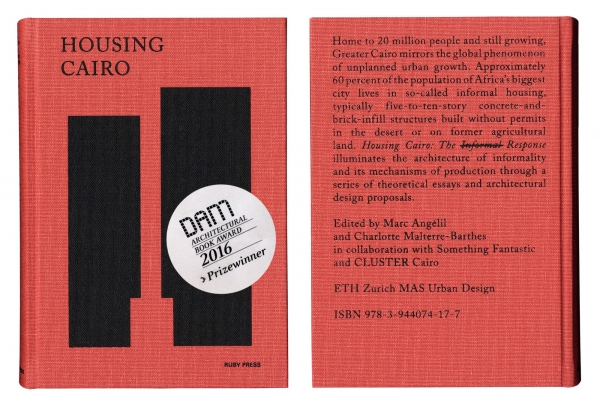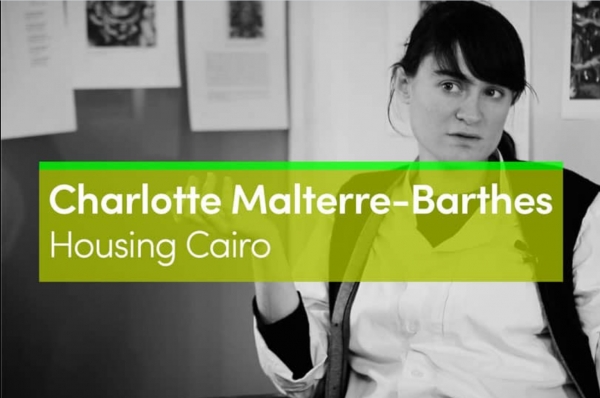Research + Teaching
Housing Cairo
ETHZ MAS Urban Design: Cycle Egypt, 2014-2016
“In 1950 there were virtually no informal settlements around Cairo.” 1
David Sims, Understanding Cairo: The Logic of a City Out of Control, 96.
This studio focused on the urgencies of the Egyptian capital. For political and economic motives, official planning schemes are channeling capital into largely failing desert cities targeting middle and high-income classes. Anecdotal public housing schemes have failed to address the housing needs of the poorer populations. Lower-income citizens have thus settled in the so-called ‘informal’ areas at the immediate periphery of the center. While lacking services and infrastructures, these settlements are successful in generating a dense, efficient, and affordable housing solution for the poorer classes. Nevertheless, in large parts of the city, this growth competes with an already scarce agrarian land, creating an unsustainable situation on the long run. The goals of the project were to formulate an approach strategy that resists the current dynamics but is economically viable and to design a more sustainable, efficient residential unit in an informal settlement.
The outcome of this work has been published in “Housing Cairo: The Informal Response” edited by Marc Angélil and Charlotte Malterre-Barthes in collaboration with Something Fantastic and CLUSTER, (Berlin: Ruby Press, 2016).
Home to 20 million people and still growing, Greater Cairo mirrors the global phenomenon of unplanned urban growth. Approximately 60 percent of the population of Africa’s biggest city lives in so-called informal housing, typically five-to-ten-story concrete-and-brick-infill structures built without permits in the desert or on former agricultural land. Housing Cairo: The Informal Response illuminates the architecture of informality and its mechanisms of production through a series of theoretical essays and architectural design proposals. Central to the project is a re-examination of the concept of “informality” itself and its often-negative connotations. As the book argues, Cairo’s informal response to housing needs is not a marginal phenomenon, but rather an intelligent, optimized answer to planning incapacities – an answer that architects and planners should themselves be participating in.
Selected research and design outcomes of the past years are presented at the Egyptian Pavilion at the Architecture Biennale in Venice, in the frame of Alejandro Aravena’s call ‘News from the front,’ from 28 May to 27 November 2016. Existing typologies of buildings from informal areas, their flexibility and qualities are displayed along with projects showing how rearranging existing building components can lead to new urban forms and betterment of the living conditions. Extended research and design outputs (Advanced Informality: From Agrarian Land to New Forms of Neoliberal Urbanization) are similarly presented at Arc En Rêve-Centre d’Architecture in Bordeaux, in the frame of Constellation.s, the exhibition to take place 15 years after the legendary show Mutations, from 2 June to 28 September 2016. An additional show displayed the works in the art space Arttelewa located in the informal area of Ardelewa. This ‘homecoming’ show called “Ardelewa Homes-Designs by Young Architects” offered ‘take-away’ plans for actors of informal construction to take and get inspired.
Ultimately, the goals of that project were to work against the negative perception attached to informal areas and for a stronger engagement of architects and designers (both local and foreign) in these neighborhoods, ultimately calling for governmental awareness to legalize, recognize and integrate these areas as an essential part of the city. Informal modes of construction in Cairo are mirroring the phenomenon of global urban growth and call for a reassessment of the manner in which the discipline of architecture reacts to forces of urbanization.
2014-2016, Director, in collaboration with Something Fantastic and CLUSTER Cairo.
Teaching Assistants: Nina Cattaneo, Roxanne de Raeymaeker, Lukas Graf, Sara Sherif
Interview with urbanext, January 2016.
1 David Sims, Understanding Cairo: The Logic of a City Out of Control, 96.
An Urban Design for Ardelewa, ‘Inside Out: Generating Porosity by Rearranging Components (Bernardo Menezes Falcao, Gregory Dimitriades, Shinji Terada)
The ‘home coming’ show called “Ardelewa Homes-Designs by Young Architects” offered ‘take-away’ plans for actors of informal construction to take and get inspired.
The outcome of this work has been published in “Housing Cairo: The Informal Response” edited by Marc Angélil and Charlotte Malterre-Barthes in collaboration with Something Fantastic and CLUSTER, (Berlin: Ruby Press, 2016).
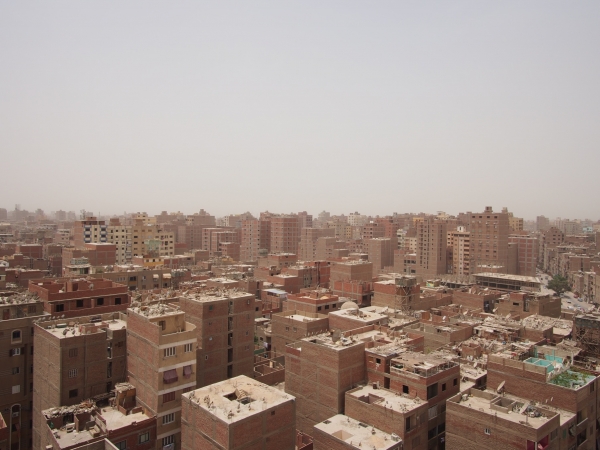
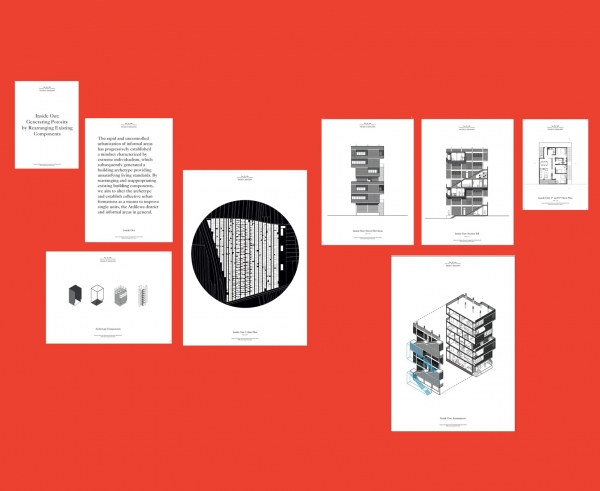
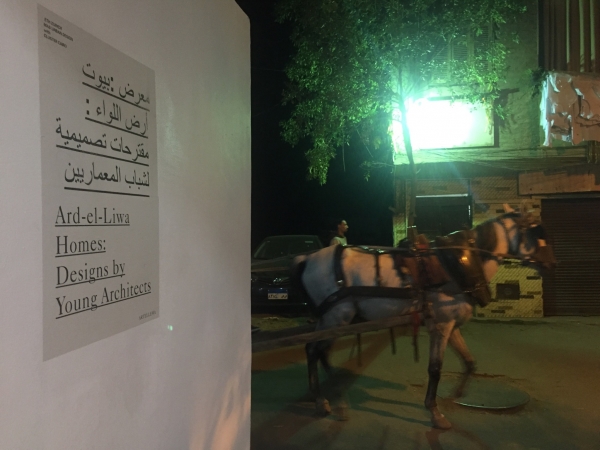
.jpg)
